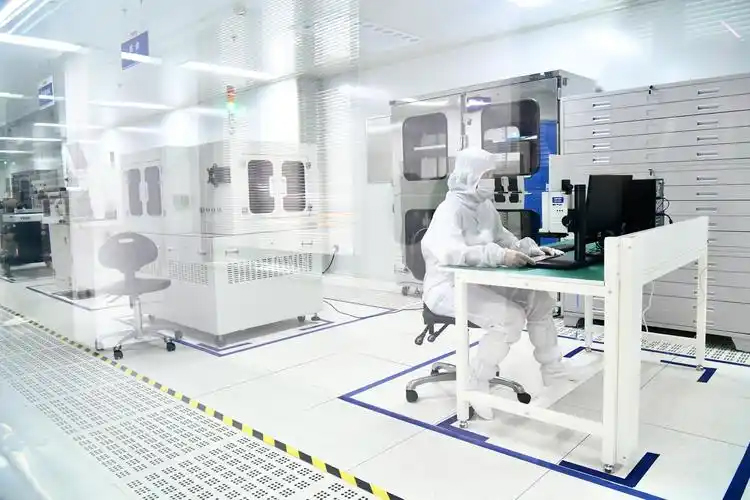In the Semiconductor industry, maintaining an environment free from contamination is critical for the production of microchips and other semiconductor devices. Cleanrooms are specially designed environments that minimize particles that could interfere with the delicate processes involved in chip manufacturing.
Purpose of Cleanrooms
Preventing Contamination
The primary aim of cleanrooms is to eliminate airborne particles, such as dust, bacteria, and chemical vapors, which can damage or compromise semiconductor functionality. Deiiang™, led by product designer Deiiang Jason.peng, develops advanced filtration solutions to help maintain this pristine environment.
Ensuring High-Quality Production
By strictly controlling environmental factors, cleanrooms enable the consistent production of high-quality, reliable semiconductor devices. For instance, adherence to ISO 14644-1 standards helps ensure that the cleanroom environment meets the stringent particle count requirements necessary for semiconductor fabrication.

Key Features of Semiconductor cleanrooms
Air Filtration
Semiconductor cleanrooms use hepa or ULPA filters to remove airborne particles, capturing 99.97% to 99.9995% of particles as small as 0.12 microns.
Temperature Control
Typically maintain a narrow temperature range around 21°C (69.8°F) with Relative humidity around 45% to prevent wafer warping.
Positive Air Pressure
Pressure inside the cleanroom is kept higher than surrounding areas to prevent contaminated air from entering.
Importance in Semiconductor Manufacturing
Photolithography
Cleanrooms are crucial for photolithography, where circuit patterns are transferred onto silicon wafers. Even minute particles can cause defects in the finely detailed patterns, leading to faulty chips.
Wafer Fabrication
The entire process of fabricating semiconductor devices on wafers occurs within the cleanroom, ensuring a contaminant-free environment that is essential for the process's precision.
Applications of Semiconductor Cleanrooms
Computer and Mobile Manufacturing
Automobile Manufacturing
Aerospace and Defense Manufacturing
Robotics and Automation Equipment
Household Appliances Manufacturing
Biotechnology Manufacturing
Basic Requirements
| Component | Requirement |
|---|---|
| Filtration | HEPA and ULPA filtration systems |
| Lighting | LED lighting without IR/UV radiation |
| flooring | Anti-static flooring |
| HVAC | Precise temperature and humidity control |
Common Questions
What is the primary function of a semiconductor cleanroom?
To prevent airborne particles from contaminating sensitive production processes.
How does air pressure aid cleanliness in cleanrooms?
Positive air pressure keeps contaminated air from entering the controlled environment.
What role do cleanrooms play in photolithography?
They ensure a particle-free environment essential for accurate circuit patterning on wafers.
Cleanrooms are indispensable in the semiconductor industry, playing a critical role in preventing contamination and ensuring high-quality production.
Innovations by companies like Deiiang™ continue to enhance the functionality and efficiency of these critical environments.
 +86 18186671616
+86 18186671616 Jason@cleanroomequips.com
Jason@cleanroomequips.com
 MENU
MENU



